BLOG-Bounty from the Bramble
- Published: June 21, 2015
Last year, a prickly plant shot up in the north west corner of our front garden. Prickly but promising, the plant had leaves with the look of a raspberry plant. Seeing a welcome member of the rose family, I tolerated its forwardness. I knew enough about the plant to let it go unmolested for a season. I’d give it time to prove itself and weed around it.
Another berry shrub, a wild blackcap growing behind the house under a dogwood, had disappointed despite its exertions over half a dozen years. When the shrub flowers in spring, it looks industrious enough…as if full prepared to burst with berries…but its pollination phase fails spectacularly. Only a couple of berries form…seedy, tart caps…while the rest of its florets darken to sterile inedible points.
Thus, when the new plant materialized in the front yard, I was guarded but still optimistic. Several canes shot from the ground where in years before I had successfully grown peas. In that spot, a trestle once stood to support the pea plant. The horizontal trestle rods also provided a convenient perch for songbirds. One bird, before it took wing, left behind a token: a partially digested fruit and its fertilized seed. As the shrub established its territory, first-year cane presented as pale green stalks rising straight from the ground. However, one cane arched over the ground, darker in color, suggesting in its alternate form that the perennial plant had established itself enough to fruit. The arching cane in fact flowered last year and delivered a handful of fruit before retiring for the season. This small offering was meager in quantity but exceptional in quality. The plump black raspberry tasting of cherry, rose hip, and a hint of mustard.
Whenever a volunteer plant arrives unannounced in the garden, a bit of detective work is in order. In the effort to ferret out what was attempting to establish itself, I was fortunate to have some previous experience with this plant. I had planted a similar plant—red raspberry—with success in the side kitchen garden. Also, as a child, I harvest black caps along the abandoned railroad tracks behind my childhood home. This foraging experience was not sufficient as I needed information about the proper management of the new volunteer on our current property.
According to the Cornell Cooperative Extension’s fact sheet on raspberries, there are fall-bearing raspberry plants and there are summer-bearing plants and you don’t want to confuse the two. Their offseason care vary dramatically. Fall-bearing raspberries benefit for being cut down to the ground at the end of the growing season; they tend to bear more fruit the next year and removing the old spent brambles gets them out of the way. Contrarily, one is strongly advise to leave summer-bearing canes to over-winter in the garden as fruit forms on only on the branching second-year canes.
All evidence indicates that we have summer-bearing cane. First, the fruit we harvested last year ripened in early July. Secondly, two distinct canes developed there: unproductive tender shoots, straight and youthful as saplings, and the darker brambles arching above the ground and carrying bundles of florets on diverging secondary branches. These early indications from last year now stand confirmed as the brambles—allowed to overwinter—overtook the garden in spring. A plant that last year kept to a small corner of the garden now ranges aggressively over a 36 square foot patch. By May, over one hundred clusters of five or more florets formed on a miriad of second year canes and then matured into bundles of small berries. Fruit at first green but well formed and plentiful, all signs at the end of May pointed to a bumper crop of black caps.
Too impatient to wait for independence day, the caps have ripened, turning from apple green to blushing pink and, just this week, deepening from burgundy to a deep dark crimson, the color of port wine. I plucked a single black raspberry on Sunday, a pint each day Tuesday through Thursday, and three pints on Friday.
Often eaten straight off the vine or by the handful from a kitchen countertop container, this windfall fruit been happily heaped into our daily diet. Salted with sprouts or splashed into a pot of creamy yogurt, the black caps have brought sweet and savory notes to our fare.
With mustard ringing in its final note, I’ve been particularly enjoying black raspberry tossed in a quick stir fry. Dancing in a medium hot skillet with a pad of butter, shredded swiss chard, and a splash of white wine, the berry rends a beaded, light syrup which both heightens lightly floral taste of chard and the contrasting colors of its green and purple stem.
As this bounty lasts, I’ll be serving this simple stir fry concoction over top of English muffins with a dollap of cold cream. The productivity of this seasom’s unexpected gift has almost certainly reached its zenith. Like a slow bursting firework, the tight bundles of fruit have yielded as many as three mature berries a day. At the current rate we can hope for a pint or two for a few more days then lingering odd bits maturing thru next weekend. As unprepared as we were for this year’s bounty, we are not quite sure of what to expect next. We hope to be pleasantly surprised. We should be ready for disappointment in case the shrub fails or should it vault to new heights. We risk being aggressively overrun by the unpredictable but then I think we know our way out of that particular…ahem…jam.
The Yellow Springs News encourages respectful discussion of this article.
You must login to post a comment.
Don't have a login? Register for a free YSNews.com account.




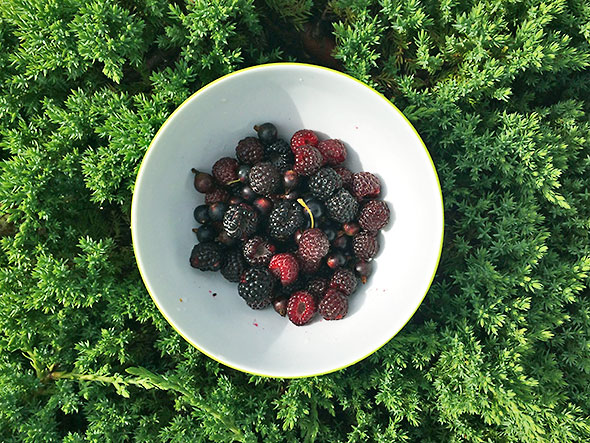

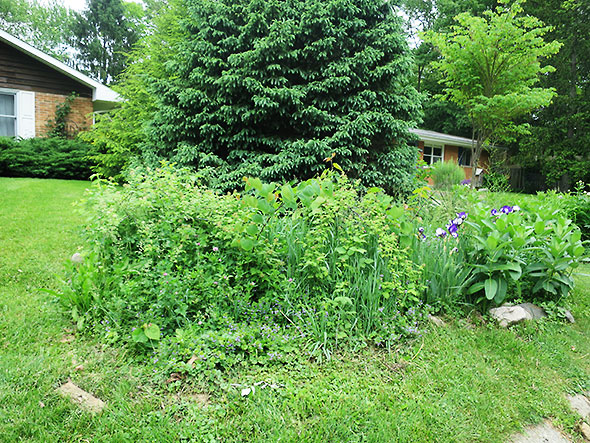
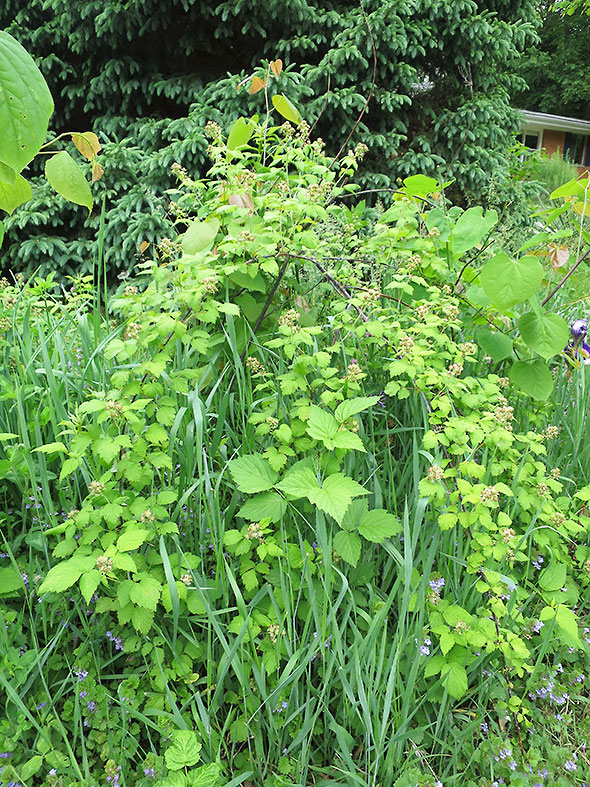
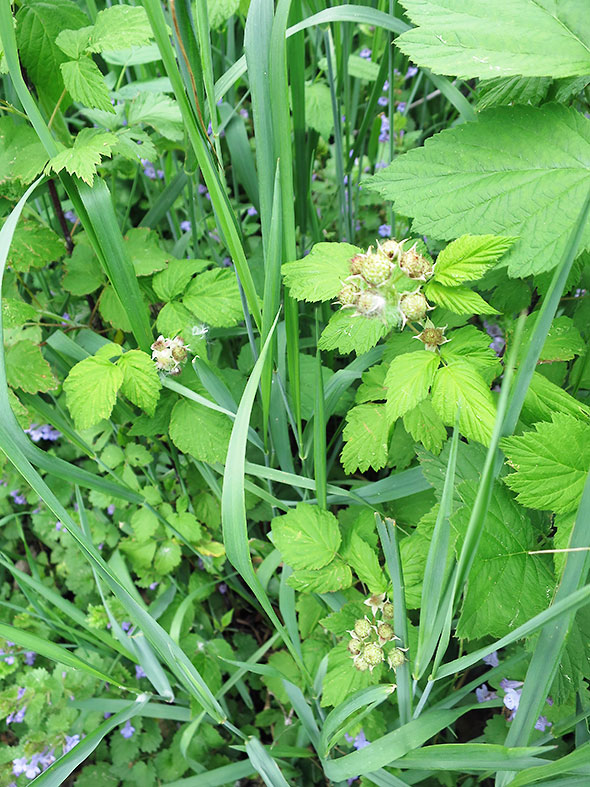
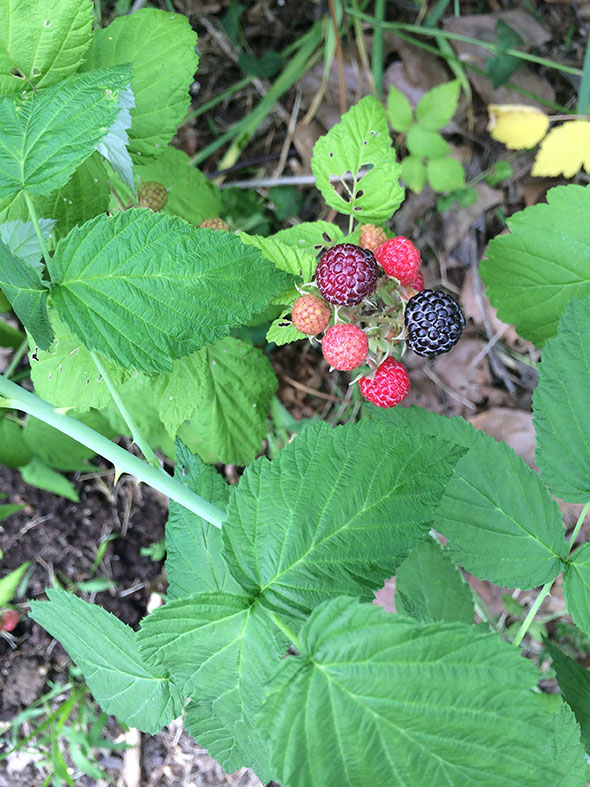
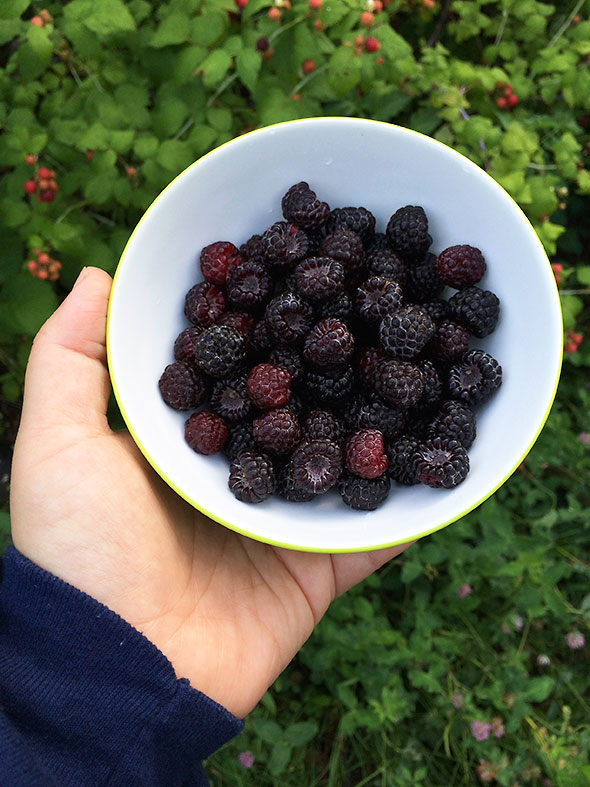

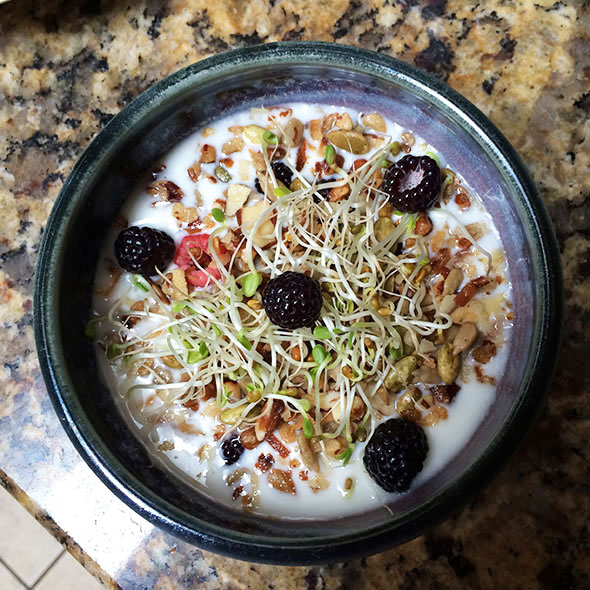
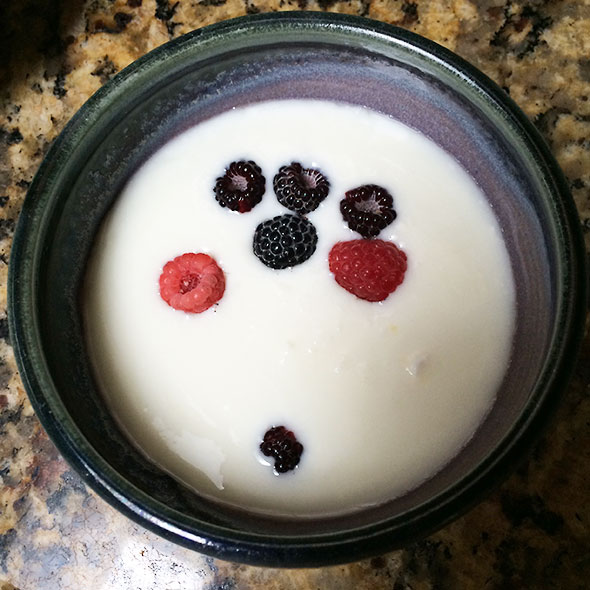
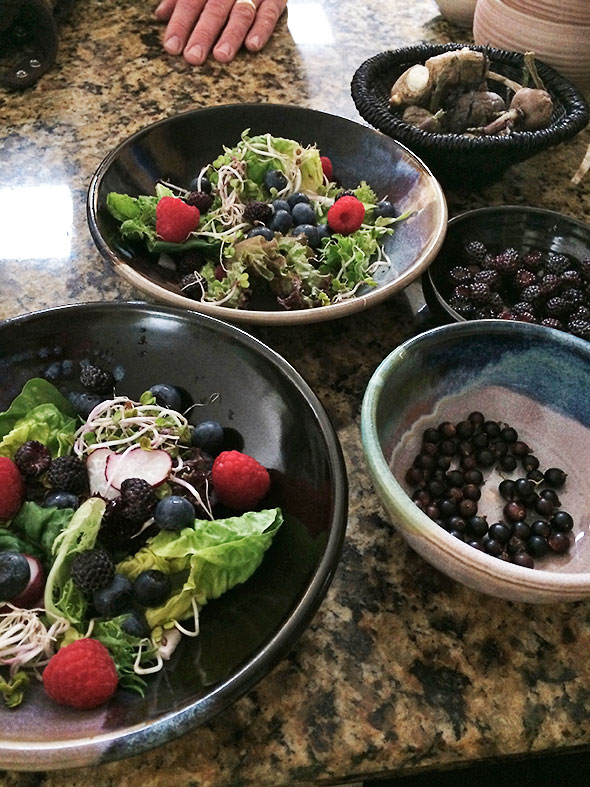
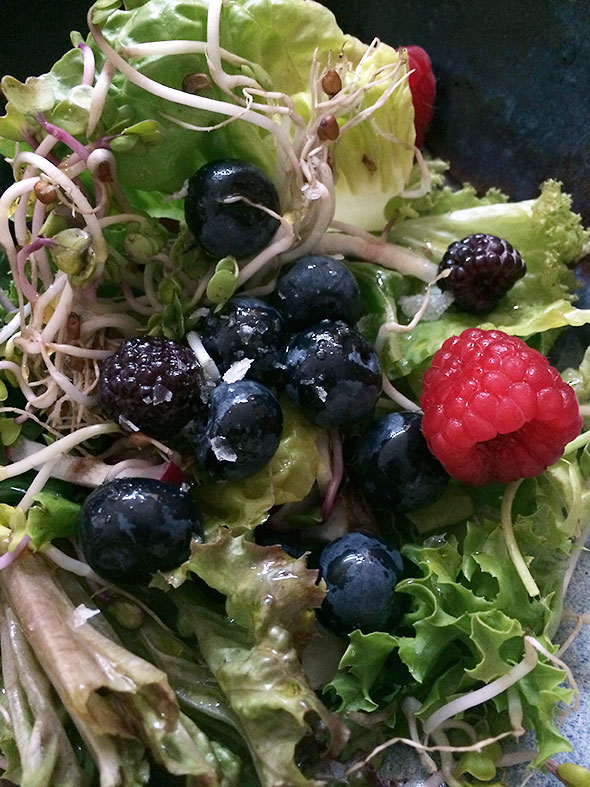









No comments yet for this article.